E-Bikes: A New Way to Stay Active and Fit
By providing a boost to get up steep hills or give tired muscles a break, electric-assist bikes make cycling a practical way to get around as you get older.
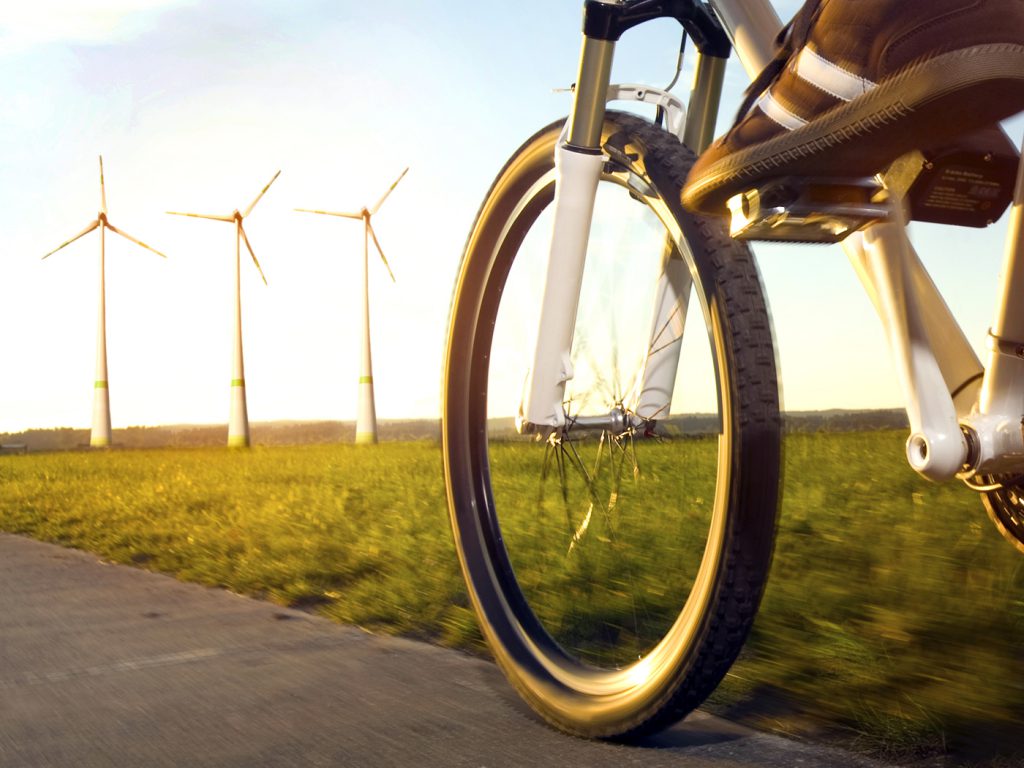
Alex Genis has been an avid cyclist his entire life. The 65-year-old writer lives in New Jersey by the Hudson River and has long relied on his bike to run errands, logging up to 50 miles per week.
Then Genis underwent triple bypass surgery. This forced him to cut back on cycling, since he had to be careful not to overexert himself.
“It became increasingly difficult to get over hills and bike the miles necessary to do my errands,” he recalls.
Cathy Rogers, a lifetime cyclist, former triathlete, and president of Aero Tech Designs Cyclewear, also hit a bump in her riding routine as she got older. At age 57, she found it harder to keep up with her husband, also a cyclist. He’d often wait for her at the top of a hill or at the end of a long route.
Maybe you can relate. After all, riding up a steep hill or biking for miles on end is no easy feat, no matter your age or fitness level. But what if you could get a little push to help you pedal up that hill or a bit more oomph to help you go the distance?
Now you can.
What an E-Bike Can Do for You
E-bikes, or electric bikes, offer a battery-powered motor that assists in pedaling, helping to reduce physical effort—without removing the health benefits or fun from the equation. Both Genis and Rogers turned to e-bikes to reinvigorate their cycling habit, and they haven’t looked back.
“The e-bike is an equalizer for me as I ride with my husband,” Rogers says. “I’ve expanded my capacity to ride longer and faster, and I can keep up going up hills and over long distances. Now, no ride is too hard or too hilly.”
Rogers even completed a ride across America on an e-bike, becoming the first woman to do so.
E-bike technology is not new—patents have been around since the 1890s—but they’ve recently grown in popularity, with sales that have tripled in the past three years. Newer models are easier to use, sleeker, and quieter than the originals.
How do they work? E-bikes have different levels of motorized support, so you can up the power when you need some extra oomph, and back it down or turn it off completely when you’d rather use your own power to pedal.
While riding, you can expect to feel like you’re being gently pushed along when you engage the motor. Since it’s adjustable, the motor delivers just the right amount of extra power to help you pedal up steep hills or against strong headwinds.
The best part: Hopping on a pedal-assist bike doesn’t mean you’re cheating yourself out of a workout. “You still reap plenty of physical—and mental—benefits on an e-bike,” says Armen Ghazarians, C.P.T., founder of Finish Fit in Glendale, California.
Like regular bikes, e-bikes deliver cardiovascular and strength benefits without pounding your joints. In a 2016 study from the University of Colorado Boulder, participants rode an e-bike for 40 minutes three times per week. After four weeks (12 rides), they saw improvements in cardiovascular health, aerobic capacity, and blood sugar control. The group also started to lose body fat.
Another welcome side effect: a happier mindset. Exercising outdoors is a proven way to relieve stress and improve your mood by boosting endorphins, Ghazarians says. Plus, there’s just something about being on a bike that can make you feel like a kid again.
Genis agrees: “When I’m riding, I smile from ear to ear the entire time,” he says. He can continue running errands around town, without having to worry about steep hills. “Now, the sky’s the limit!”
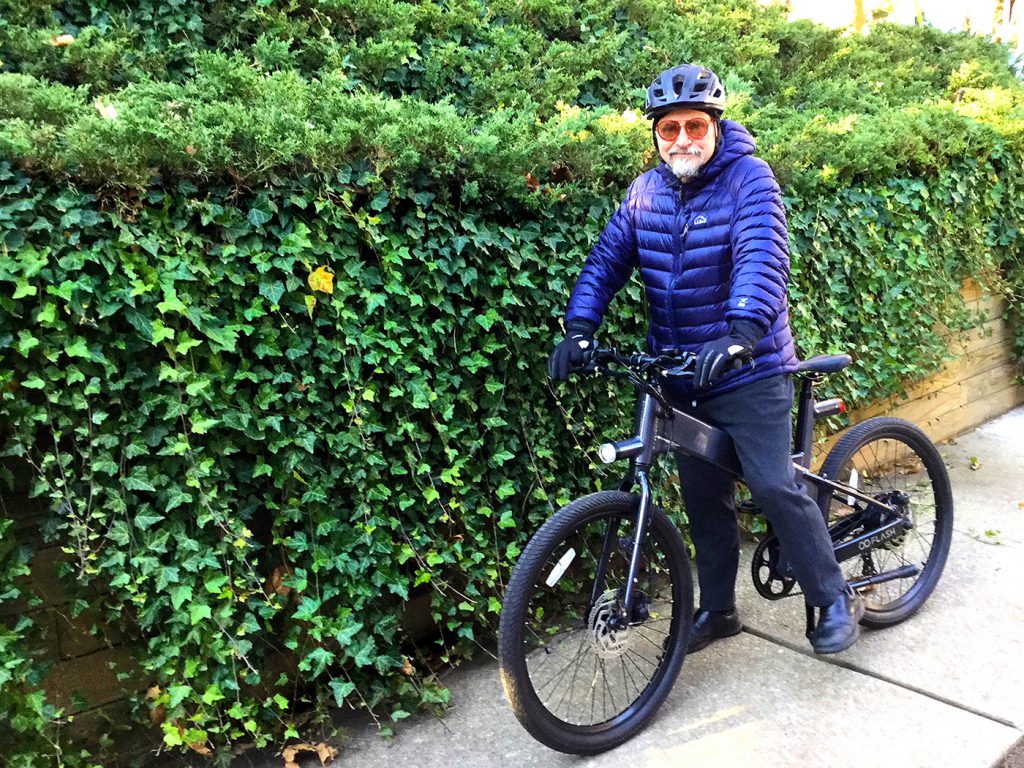
What Are the Drawbacks?
E-bikes do come with a few risks. The biggest: Because of the extra power, there’s a chance you may go faster than you intended, Rogers says.
“Speed inevitably gets built up, and then you may have to suddenly stop,” she explains. “The bike stops fine with its disc brakes, but the rider keeps moving forward with inertia.”
To stay safe, Rogers says, watch your speed—and always wear a helmet.
Subscribe to our newsletter
It's quick and easy. You could be one of the 13 million people who are eligible.
Already a member? Click to discover our 15,000+ participating locations.
Follow Us
You’ll also want to make sure your e-bike is fully charged before heading out to avoid getting stranded on long rides. Rogers brings backup batteries just in case.
Finally, e-bikes aren’t as wallet-friendly as regular bikes: The average price is around $2,400. But fortunately, you have a wide range of options.
3 E-Bike Picks to Check Out
Here are a few top e-bike options on the market today. Most bike shops will let you take the bike for a test-ride before purchasing.
1. Flash v1 Lite
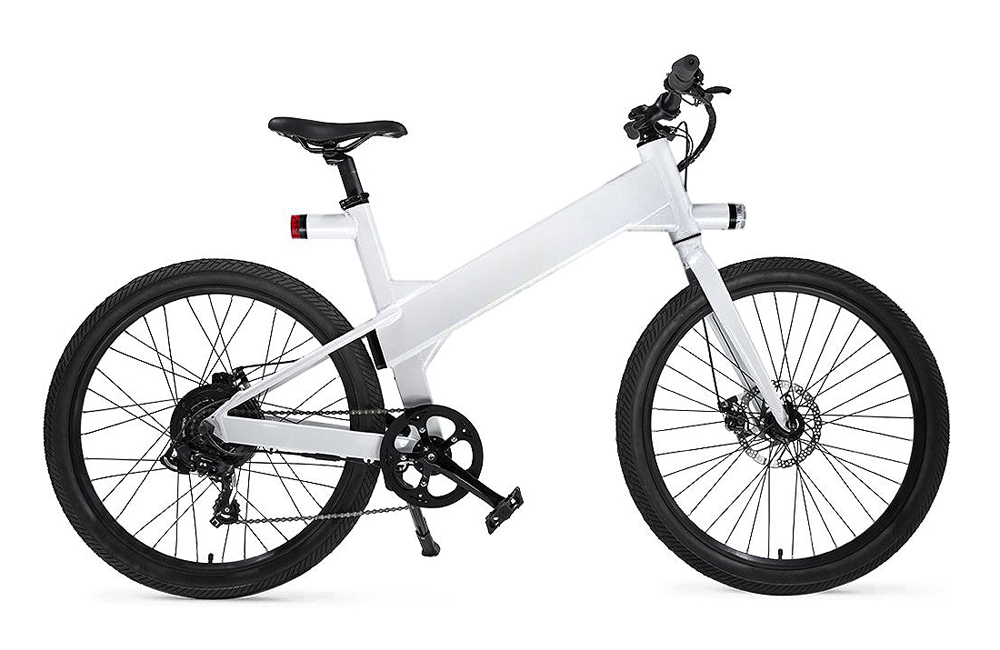
Sleek and simple, this modern-looking e-bike is a more affordable option without all the bells and whistles of other models. It’s powered by a 36-volt internal battery, and can reach speeds up to 20 mph. ($1,699, shop.flashbike.io)
2. Pedego Classic Comfort Cruiser
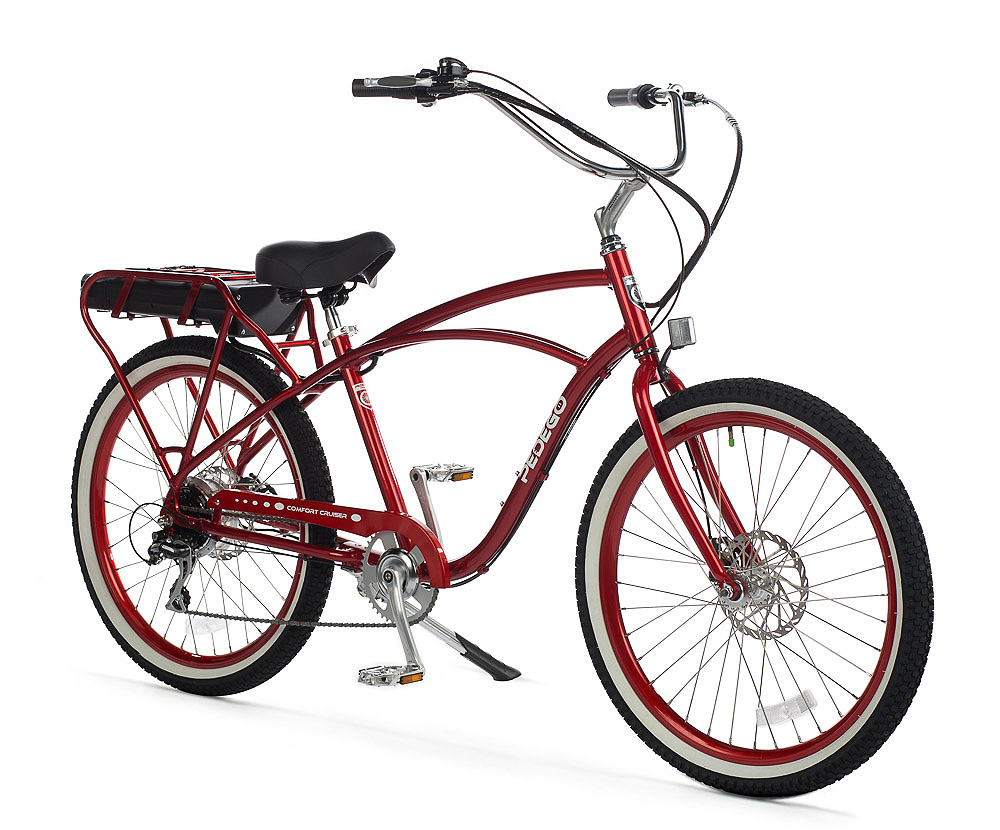
No more worries about a stiff neck or a sore back. This cruiser by Pedego has a soft saddle, wide handlebars, and thick tires that ensure a comfortable ride. ($2,295 and up, pedegoelectricbikes.com)
3. Specialized Turbo Como 2.0
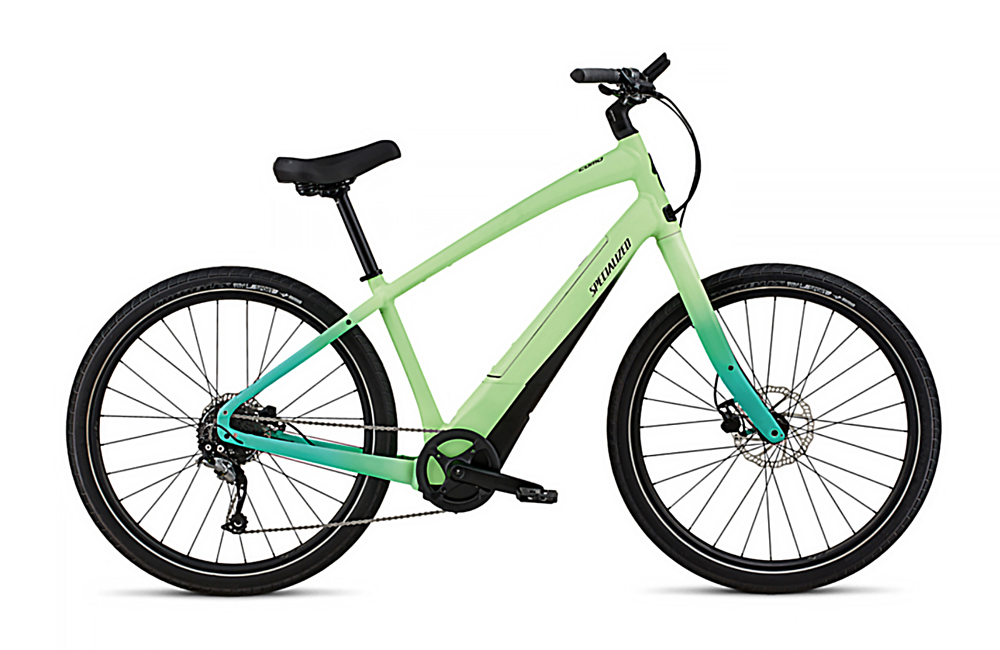
With a small screen that shows speed, distance, and battery life, this stylish model is customized for city riding but is equally comfortable on longer rides. You can toggle between levels of power output, and the harder you pedal, the more power it gives in return. ($2,700, specialized.com)
Want More Biking Tips?
Whether or not an e-bike is right for you, there are lots of ways to get the most out of your cycling workout:
- If you have trails near your home, consider scheduling regular bike rides with family or friends.
- When the weather isn’t great, head to a gym for a recumbent bike or other stationary bike.
- For a cardio challenge, try high-intensity interval training (HIIT) by alternating between fast and slow pedaling.





